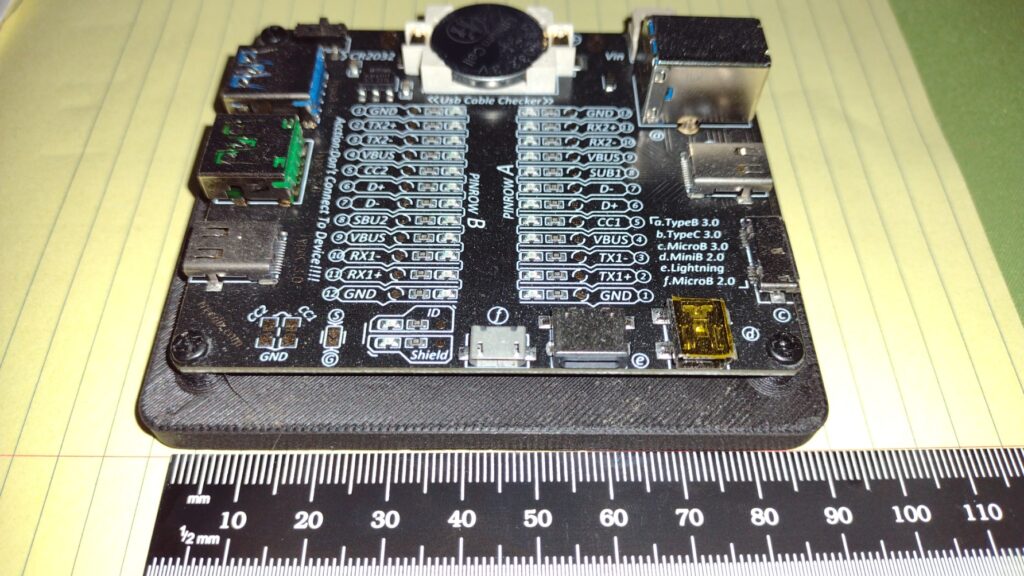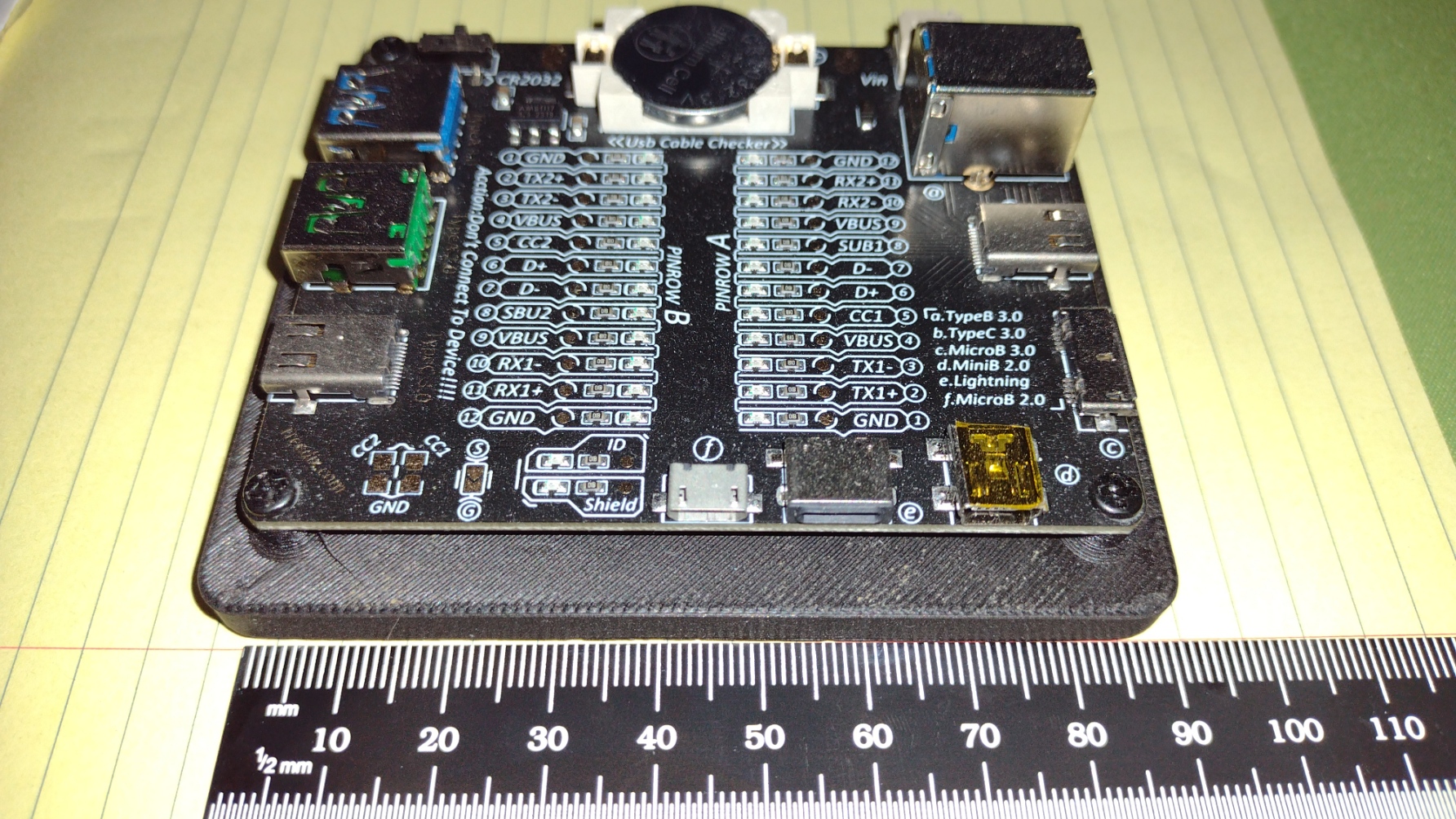
Throttle Responsiveness: A Simple Cable Fix – Revitalizing Your Drive
In the realm of automotive mechanics, a sluggish throttle can be a frustrating experience. The lag between pressing the accelerator and feeling the engine respond can diminish driving enjoyment and, in some cases, even pose a safety hazard. While complex electronic issues often dominate discussions, a surprisingly common culprit behind poor throttle responsiveness is a seemingly simple component: the throttle cable. This article delves into the mechanics of the throttle cable, explores the symptoms of a malfunctioning one, and provides a straightforward guide to diagnosing and fixing this often-overlooked component, ultimately restoring your vehicle’s snappy throttle responsiveness.
The modern automobile is a complex machine, a symphony of interconnected systems working in concert. However, even the most sophisticated vehicles rely on fundamental principles. The throttle cable, a relic of a simpler era, is one such principle. It’s a direct mechanical link between the accelerator pedal and the throttle body, the gateway to the engine’s air intake. When you press the accelerator, the cable pulls on a lever, opening the throttle and allowing more air to flow into the engine, which, in turn, increases the engine’s power output. When this system malfunctions, the vehicle’s throttle responsiveness suffers.
Understanding the Throttle Cable’s Role
The throttle cable’s function is remarkably straightforward: it physically connects the accelerator pedal to the throttle body. This direct connection provides a tangible link between the driver’s input and the engine’s response. Unlike drive-by-wire systems, where electronic signals transmit driver commands, the throttle cable offers a purely mechanical interaction. This simplicity, while reliable, also makes it susceptible to wear and tear, particularly in older vehicles or those subjected to harsh conditions. Understanding the anatomy of the throttle cable is crucial to diagnosing problems related to throttle responsiveness.
The cable itself is typically constructed of a braided steel core encased in a protective sheath. This sheath houses the cable and guides its movement. At each end of the cable are fittings that attach to the accelerator pedal and the throttle body lever. The cable’s length and tension are crucial; if the cable is too loose, the throttle won’t open fully, leading to reduced power. Conversely, if it’s too tight, it can cause the throttle to open slightly even when the accelerator isn’t pressed, potentially leading to higher idle speeds or even engine damage. The proper adjustment and maintenance of the throttle cable are essential for optimal throttle responsiveness.
Identifying Symptoms of a Failing Throttle Cable
Recognizing the signs of a failing throttle cable is the first step towards rectifying the issue. Several telltale symptoms indicate that the cable might be the source of your vehicle’s sluggish throttle responsiveness. These symptoms can range from subtle to significant, and prompt action can prevent more serious problems.
- Delayed Acceleration: This is perhaps the most common symptom. A noticeable lag between pressing the accelerator and the engine’s response is a clear indicator of a potential throttle cable issue. This delay can be particularly pronounced when accelerating from a standstill or during passing maneuvers.
- Sluggish Pedal Feel: The accelerator pedal might feel stiff or sticky, requiring more effort to depress. This can be due to friction within the cable sheath or a damaged cable core. A smooth pedal feel is critical for a responsive driving experience.
- Erratic Idle: A faulty throttle cable can cause the throttle to open slightly even when the accelerator is not pressed, leading to an inconsistent idle speed. This can manifest as the engine revving higher than usual or fluctuating erratically.
- Unexplained Loss of Power: A damaged or stretched cable might not allow the throttle to open fully, resulting in a loss of power, particularly at higher speeds. This can make it difficult to maintain speed on inclines or during overtaking.
- Warning Lights: While less common, in some vehicles, a severely malfunctioning throttle cable might trigger a check engine light. This can be due to the engine control unit (ECU) detecting an anomaly in the throttle position sensor readings.
Diagnosing the Problem: A Step-by-Step Guide
Diagnosing a throttle cable issue is usually a straightforward process. With a few basic tools and a little mechanical aptitude, you can often pinpoint the problem yourself. Before you begin, ensure the engine is turned off and the parking brake is engaged. Safety first is paramount. The following steps provide a comprehensive approach to diagnosing throttle responsiveness issues related to the throttle cable:
- Visual Inspection: Start by visually inspecting the throttle cable. Look for any signs of damage, such as kinks, fraying, or rust. Check the cable’s entire length, from the accelerator pedal to the throttle body. Also, inspect the fittings at both ends for any signs of looseness or damage.
- Pedal Feel Test: Press the accelerator pedal and note its feel. Does it feel stiff, sticky, or unusually loose? Compare it to how the pedal felt when the vehicle was new or recently serviced. This can indicate friction within the cable or a stretched cable.
- Throttle Body Inspection: With the engine off, have a helper press the accelerator pedal while you observe the throttle body. The throttle plate should open smoothly and fully as the pedal is depressed. If it doesn’t, the cable might be the culprit. This is a direct test of throttle responsiveness.
- Cable Tension Check: If you have the appropriate tools, you can check the cable tension. Refer to your vehicle’s service manual for the specific tension specifications. An improperly adjusted cable can significantly impact throttle responsiveness.
- Lubrication: Sometimes, the cable can become stiff due to lack of lubrication. Apply a cable lubricant (available at most auto parts stores) to the cable and the fittings to improve its movement.
The Simple Cable Fix: Repairing or Replacing the Throttle Cable
Once you’ve diagnosed a faulty throttle cable, the next step is to address the issue. Fortunately, the repair process is often relatively simple, involving either lubrication, adjustment, or, in more severe cases, replacement. The goal is to restore optimal throttle responsiveness.
- Lubrication: If the cable feels stiff, lubrication might be sufficient. Use a cable lubricant and apply it to the cable and fittings. Follow the lubricant’s instructions for best results. This can often solve minor issues with throttle responsiveness.
- Adjustment: Many vehicles have an adjustment mechanism on the throttle cable. This allows you to fine-tune the cable’s tension. Refer to your vehicle’s service manual for the specific adjustment procedure. Improper adjustment can negatively impact throttle responsiveness.
- Replacement: If the cable is damaged, frayed, or severely stretched, replacement is the best course of action. Replacement throttle cables are readily available at most auto parts stores. The replacement process typically involves disconnecting the old cable, attaching the new cable, and adjusting it to the correct tension. This will restore the vehicle’s throttle responsiveness.
- Professional Assistance: If you’re uncomfortable performing these repairs yourself, or if the problem persists after attempting these fixes, consult a qualified mechanic. They have the expertise and tools to diagnose and repair more complex issues that might be affecting your throttle responsiveness.
Post-Repair Testing and Maintenance
After performing any repairs on the throttle cable, it’s crucial to test the vehicle to ensure the problem is resolved. Furthermore, regular maintenance can help prevent future issues. The following steps are essential for verifying the effectiveness of the repair and ensuring long-term performance:
- Test Drive: Take the vehicle for a test drive, paying close attention to the throttle responsiveness. The accelerator pedal should feel smooth and responsive, and the engine should accelerate without any noticeable lag.
- Idle Speed Check: Verify that the engine idles smoothly at the correct speed. A faulty throttle cable can sometimes affect idle speed.
- Regular Inspection: Periodically inspect the throttle cable for any signs of wear or damage. This is especially important in older vehicles or those driven in harsh conditions.
- Lubrication: Lubricate the cable periodically, as recommended by the vehicle manufacturer, to keep it operating smoothly. This helps maintain optimal throttle responsiveness.
Conclusion: Reclaiming Your Driving Experience
A sluggish throttle can significantly detract from the driving experience. Fortunately, in many cases, the culprit is a relatively simple component: the throttle cable. By understanding the cable’s role, recognizing the symptoms of a failing one, and following the straightforward diagnostic and repair steps outlined in this article, you can often restore your vehicle’s throttle responsiveness and regain the enjoyment of driving. While modern vehicles are increasingly reliant on complex electronic systems, the fundamental principles of mechanics still play a vital role in ensuring optimal performance. The throttle responsiveness of your vehicle is a direct reflection of the health of this often-overlooked component. Taking the time to diagnose and address throttle cable issues can make a significant difference in your car’s performance and your overall driving satisfaction. The key takeaway is that you don’t always need a costly, complex repair to fix a frustrating problem. Sometimes, the solution is as simple as a cable fix.
[See also: Related Article Titles]


